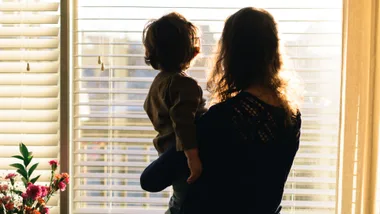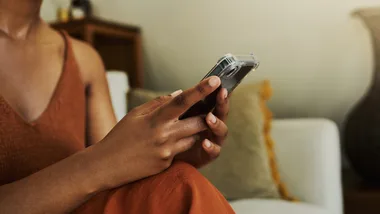It’s hard to believe that in the year 2018, the gender pay gap still exists. When we’ve come so far in other ways – finally legalising same-sex marriage in Australia in 2017, the vote to legalise abortion in Ireland, the Women’s Marches against Trump and the rise of the #MeToo movement. But the gender pay gap is still a very real concern, highlighted almost daily by big-name celebrities using their platforms to speak out against pay inequality – something even the Queen can’t avoid: Queen Elizabeth II (Claire Foy) got paid less than her husband, Prince Philip (Matt Smith), in Netflix series The Crown.
Ahead of equal pay day, we break down exactly what the gender pay gap means, what the difference is in Australia in 2018, how it differs industry to industry and how Australia compares to other countries.
What is the gender pay gap?
The wage gap or gender pay gap is the difference between what men and women earn, expressed as a percentage of men’s earnings.
What are the gender pay gap statistics in Australia in 2018?
The gender pay gap is currently at its lowest in 20 years. In Australia, it is now 14.6 per cent, down from 15.3 per cent in 2017. Full-time working women are taking home an average wage of $1433.60 a week, while men’s pay packets contain $1678.40, figures from the Australian Bureau of Statistics show. That’s an extra 62 days per year that women have to work to earn the same money as their male counterparts.
Does the wage gap exist in Australia?
Yes. While the gender pay gap is slowly closing, employers are being warned not to become complacent because there is still a lot of work to do. “If every employer in Australia did a pay audit, analysed the results and then took action, we would eventually consign the national gender pay gap to the annals of history,” Workplace Gender Equality Agency director Libby Lyons said in a statement.
Why is there a gender pay gap?
The Workplace Gender Equality Agency (WGEA) says a number of factors influence the gender pay gap, including “discrimination and bias in hiring and pay decisions, women and men working in different industries and different jobs, with female-dominated industries and jobs attracting lower wages, women’s disproportionate share of unpaid caring and domestic work, lack of workplace flexibility to accommodate caring and other responsibilities, especially in senior roles and women’s greater time out of the workforce impacting career progression and opportunities.”

Why do people say the gender pay gap is a myth?
Critics say the number doesn’t take into account variables that could skew results: Women who have less work experience, that women are more likely to work in lower-paying fields, and that women are more likely to work part-time or leave the workforce to raise children for periods. To combat this, further studies have been done, comparing women and men who have similar experience and are in similar fields and jobs: yes, a pay gap still exists. Furthermore, the higher up women go in a company, the bigger the gap gets and the statistics don’t take into account the women who have been bypassed along the way. “ABS and WGEA data both show a gender pay gap favouring full-time working men over full-time working women in every industry and occupational category in Australia,” the WGEA website states.
How does Australia compare to the rest of the world?
In 2017, Australia was rated a “mid-range performer” when it comes to gender equality in a report released by the OECD. Australia’s gap was smaller than in the US (18.9 per cent), Britain (17.1 per cent) and Canada (18.6 per cent), but is four times larger than Belgium’s (3.3 per cent) and more than twice the size of New Zealand’s (6.1 per cent).
What is equal pay day?
Equal Pay Day is the symbolic day dedicated to raising awareness of the gender pay gap. Every year, the date falls on the number of extra days from the end of the previous financial year that women must work in order to earn the same as men. This year, it is 62 additional days, so Australia’s 2018 Equal Pay Day is on August 31st.
How to make a difference
Employers can undertake a pay gap analysis to address gender pay gaps in their organisations. “All employers need to continue to ensure their employees are paid equitably. Do a pay gap analysis. Report the results to the executive and board. Pay gaps close when leaders see the numbers,” Workplace Gender Equality Agency director Libby Lyons notes. As an individual, participate in Equal Pay Day, research the expected pay range for your position, network strategically and ask for specific feedback from managers in reviews.
RELATED: Australia’s Gender Pay Gap Is Widest In This Industry










